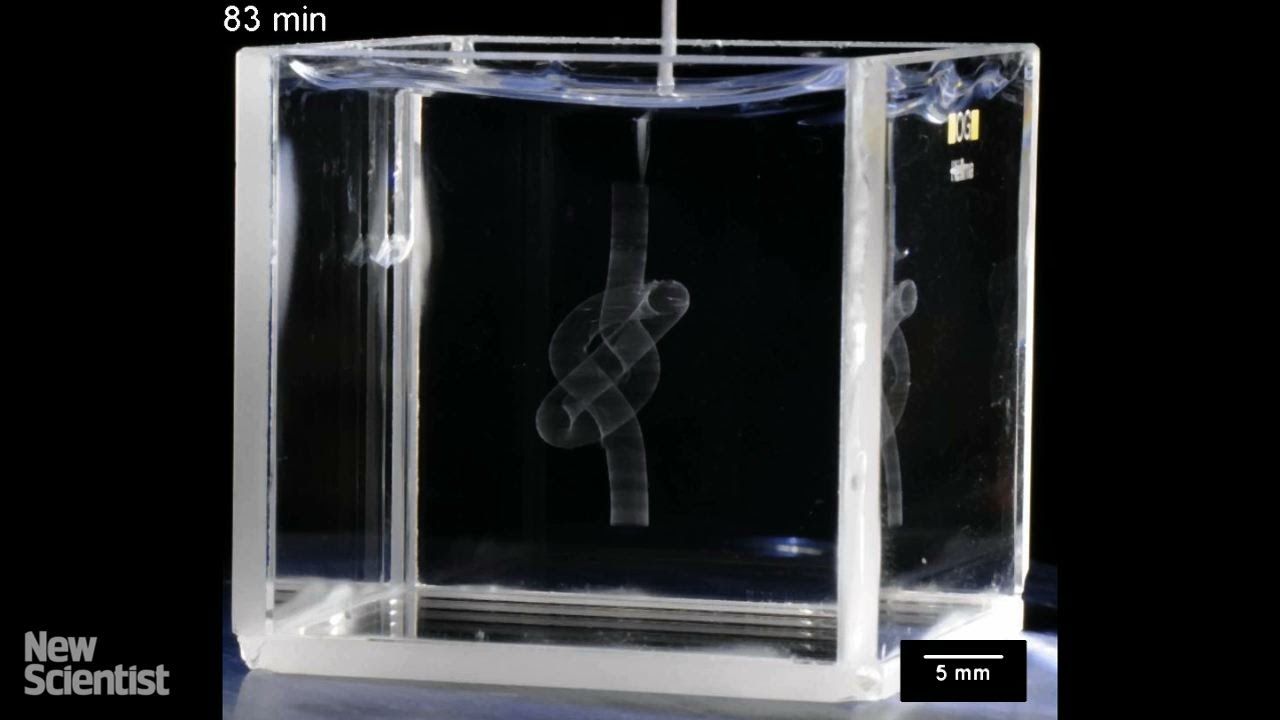Oct 2, 2015
3 Drugs With Anti-Aging Potential
Posted by Roy in categories: biotech/medical, life extension
Do any existing drugs have longevity promoting effects? Here are 3 currently under investigation.
Do any existing drugs have longevity promoting effects? Here are 3 currently under investigation.
Scientists funded by the NIH BRAIN Initiative hope to diagram all of the circuits in the brain. One group will attempt to identify all of the connections among the retina’s ganglion cells (red), which transmit visual information from bipolar cells (green) and photoreceptors (purple) to the brain. (credit: Josh Morgan, Ph. D. and Rachel Wong, Ph. D./University of Washington)
The National Institutes of Health and the Kavli Foundation separately announced today (Oct. 1, 2015) commitments totaling $185 million in new funds supporting the BRAIN Initiative — research aimed at deepening our understanding of the brain and brain-related disorders, such as traumatic brain injuries (TBI), Alzheimer’s disease, and Parkinson’s disease.
The word on every tech executive’s mouth today is data. Curse or blessing, there’s so much data lying around – with about 2.5 quintillion bytes of data added each day – that it’s become increasingly difficult to make sense of it in a meaningful way. There’s a solution to the big data problem, though: machine learning algorithms that get fed countless variables and spot patterns otherwise oblivious to humans. Researchers have already made use of machine learning to solve challenges in medicine, cosmology and, most recently, crime. Tech giant Hitachi, for instance, developed a machine learning interface reminiscent of Philip K. Dick’s Minority Report that can predict when, where and possibly who might commit a crime before it happens.
New research from Brown University details a relatively accessible method for making a working (though not thinking) sphere of central nervous system tissue.
If you need a working miniature brain — say for drug testing, to test neural tissue transplants, or to experiment with how stem cells work — a new paper describes how to build one with what the Brown University authors say is relative ease and low expense. The little balls of brain aren’t performing any cogitation, but they produce electrical signals and form their own neural connections — synapses — making them readily producible testbeds for neuroscience research, the authors said.
“We think of this as a way to have a better in vitro [lab] model that can maybe reduce animal use,” said graduate student Molly Boutin, co-lead author of the new paper in the journal Tissue Engineering: Part C. “A lot of the work that’s done right now is in two-dimensional culture, but this is an alternative that is much more relevant to the in vivo [living] scenario.”
A Nobel prize winning scientist who shared the 2008 prize for medicine for his role in establishing the link between HIV and AIDS has stirred up a good deal of both interest and skepticism with his latest experimental results, which more or less show that DNA can teleport itself to distant cells via electromagnetic signals. If his results prove correct, they would shake up the foundations upon which modern chemistry rests. But plenty of Montagnier’s peers are far from convinced.
The full details of Montagnier’s experiments are not yet known, as his paper has not yet been accepted for publication. But he and his research partners have made a summary of his findings available. Essentially, they took two test tubes – one containing a fragment of DNA about 100 bases long, another containing pure water – and isolated them in a chamber that muted the earth’s natural electromagnetic field to keep it from muddying the results. The test tubes were housed within a copper coil emanating a weak electromagnetic field.
Several hours later, the contents of both test tubes were put through polymerase chain reactions to identify any remnants of DNA – a process that subjected the contents to enzymes that would make copies of any DNA fragments they found. According to Montagnier, the DNA was recovered from both tubes even though the second should have only contained water.
Tesla’s Model X has a feature that can filter the air to the quality of a hospital operating room.
If you have zero blood type then your genetic heredity offers you the opportunity to be strong, productive, have a long life and be optimistic.
This blood type is original type of our ancestors who were smart and aggressive predators. The persons with this blood type have important role in the society.

While scientists have had success in the past printing structures like “bionic ears,” a clear path to making functional internal organs and tissue hasn’t really emerged. However, researchers at the University of Florida in Gainesville have developed a way of printing complex objects in gel, a method that could help pave the way to 3D-printed organs in the future.
The hard thing about printing intricate organic structures like blood vessels and complicated organs is that they collapse under their own weight before they solidify. The gel here, which is made of an acrylic acid polymer, acts as a scaffold to hold the structure in place during the printing process. That approach has already allowed the team to print with organic materials — and even make a replica of a human brain.
Continue reading “3D printing in gel shows how scientists could print human organs” »
